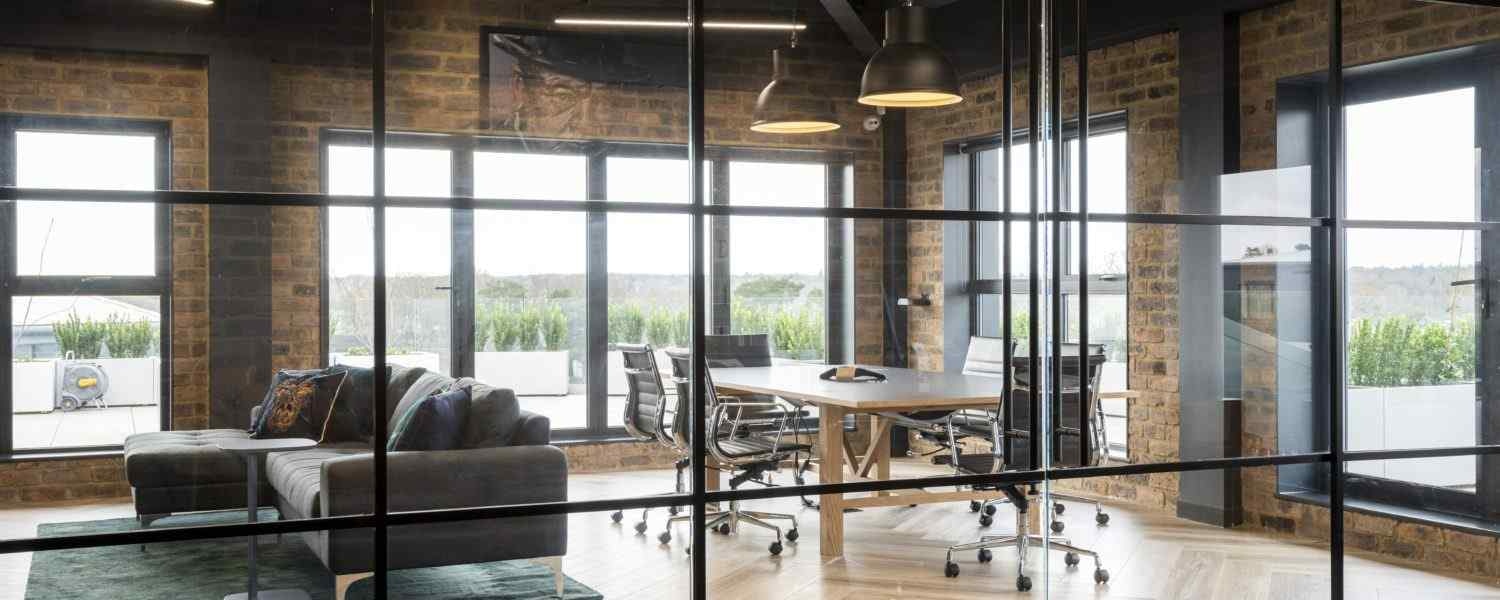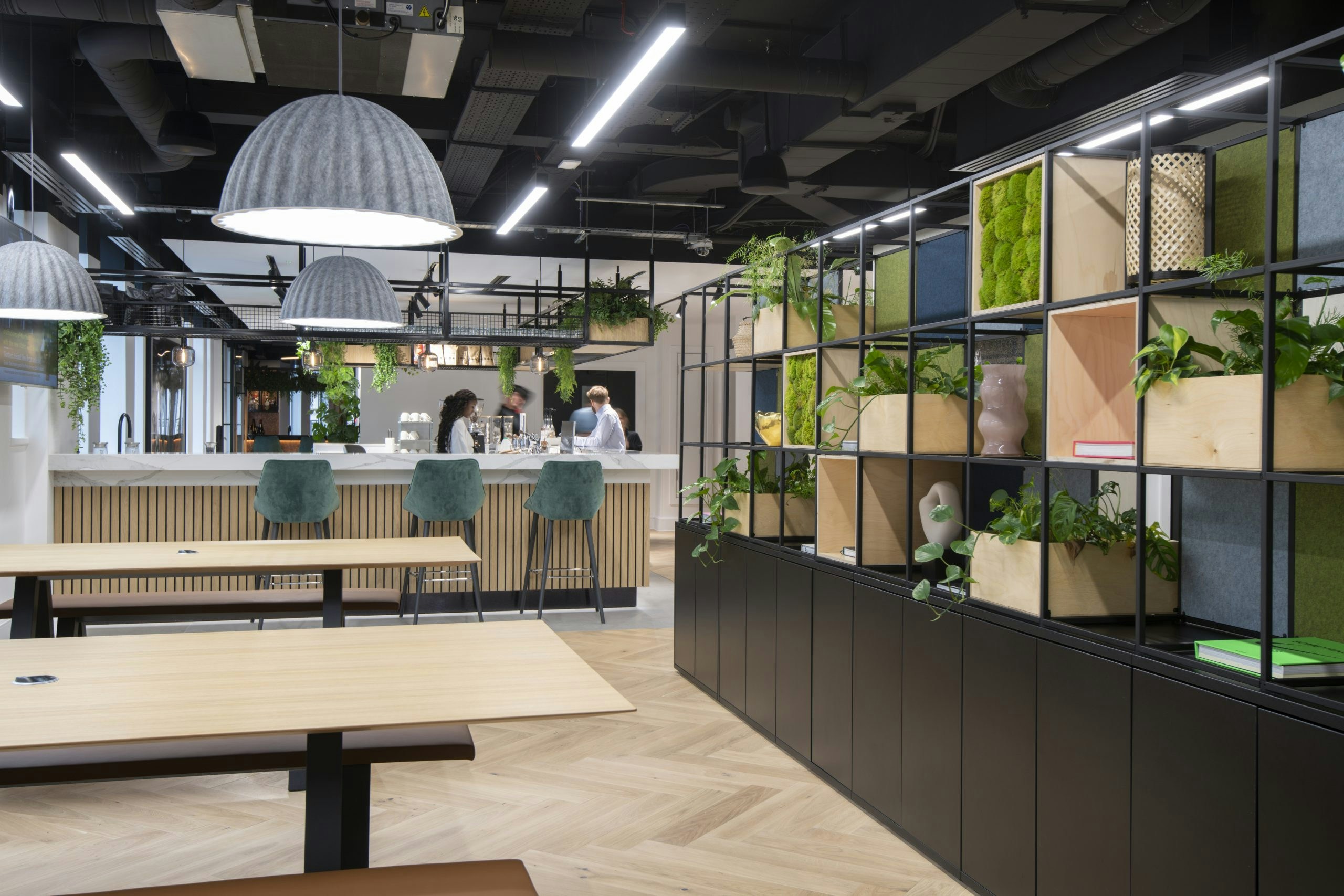A New Type of Fit Out
Traditionally, a commercial office fit out project was one of two types, CAT A or CAT B. However, over the past few months, those lines have become blurred and a new concept known as CAT A+ has gained traction. Before we delve into what is CAT A+? And what the difference is between CAT A and CAT A+? we must first define what CAT A and CAT B mean.
Defining a CAT A Office Fit Out
A CAT A office fit-out is typically a project commissioned by a landlord who wants to fit out and market space to prospective tenants. The CAT A Fit Out entails works to create a blank canvas for prospective occupiers to design to their taste and needs and generally includes a floor and ceiling finished to an industrial standard, painted walls, toilet facilities, fire detection, mechanical and electrical services. The CAT A fit out is completed by a Fit Out contractor whose aim is to ensure the space is ready for office designers to configure to tenant needs and requirements.
What is a CAT B Office Office Fit Out?
A CAT B office fit-out is then commissioned by the tenant moving into the space, which will generally have been fitted out to a CAT A standard as outlined above. It can sometimes involve a refurbishment of an existing space but primarily it involves transforming an empty CAT A space into a workplace ready for staff occupation.
The CAT B fit out will include floor finishes, ceiling and wall treatments, lighting, internal doors, partitions, cabling (telephone + fibre), AV and the creation of defined spaces such as offices, meeting rooms, reception areas and breakout areas. It essentially involves the creation of a workplace to meet the tenant (client) specification and can range from widely elaborate and aesthetic to basic and functional.
Workplace strategists can also be involved as part of a CAT B project to interpret client needs and to ensure the design is reflective of what the company actually requires. They gather qualitative and quantitative data to deduce how companies and their staff work and how any future space should be designed to best meet these needs, so productivity, wellbeing and brand culture/identity are all embodied within a new workplace.


